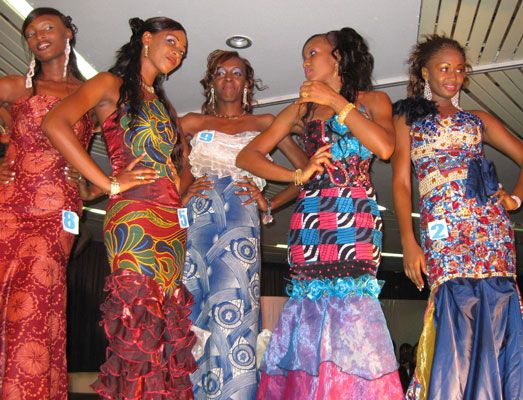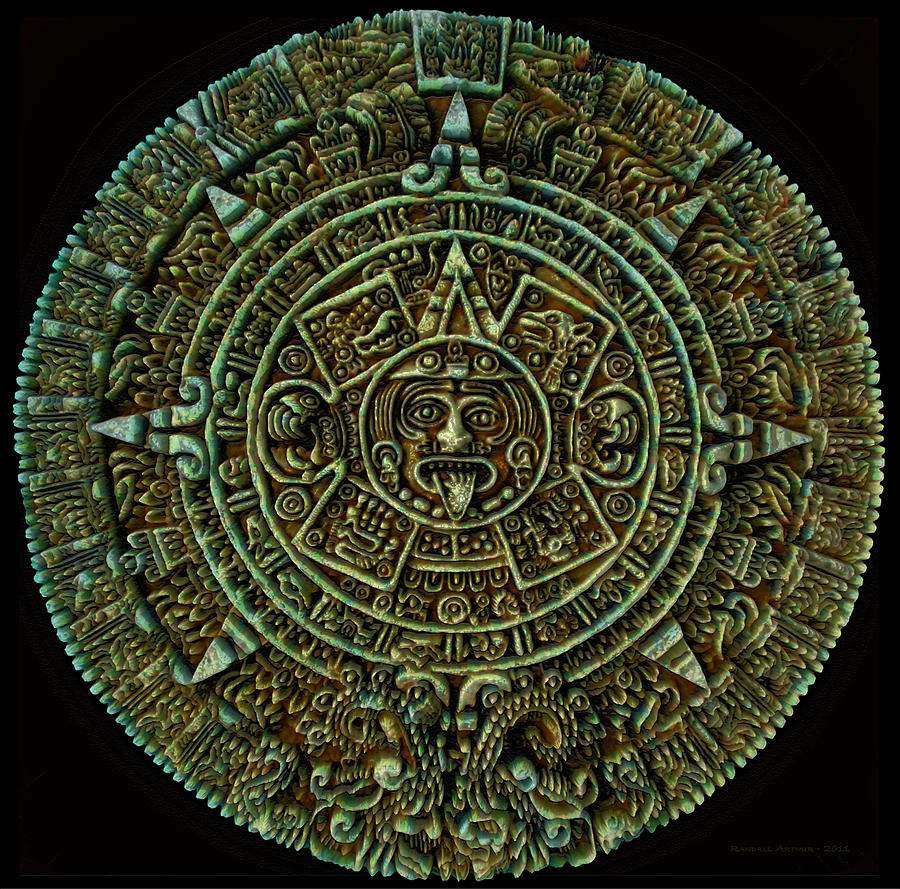So, this is the last country of 2014. And what a year it has been. Here’s a basic run-down of how my year
went:
Jan-Apr:
Worked at a job I hated.
Feb:
Was supposed to have surgery, got delayed.
Apr-May:
Left my job, finished writing a book during my severance period.
Jun-July:
Surgery recovery period. Read books, watched Netflix, summer
concerts in the
park.
Aug-Oct:
Kids went back to school, started my own proofreading business, Da
Capo Proofreading LLC. Learned
exactly what it’s like to stretch every last penny in order to eat and get the
kids to school. Learned how crappy hiring practices still are. Don't get me
started on (non-)access to health care.
Nov-Dec:
Landed a large editing project with a real estate company.
Subsequently, my kids were able to
have a pretty good Christmas. And I finished writing and editing another one of
my books and am ready to file for a copyright in order to get it published.
And I’m so happy to finish this year out with some Guinean
food (except I always make my own feijoada dinner for New Year's Eve -- so I guess this is the start of an awesome food week). It’s always good to end on a positive note.
 |
| This is my alcoholic fruit-beet-flower juice. It's all mine. |
The first thing I made today I actually started last
night. I chose to make a drink
this time: Jus de Foléré. It’s
similar to a Senegalese drink called bissap. We had an African restaurant we used to go to that served
bissap one time. After that, they never had any made. And most other items on
the menu weren’t available either for some reason. But this drink is a Guinean version of bissap. I went to the Mexican grocery store to
pick up some dried hibiscus flowers. In Mexico and much of Latin America, it’s
known as jamaica, but it’s also known as roselle or bissap flowers elsewhere. I
rinsed them and soaked them in water overnight. Next – and this is where the
Guinean variety comes in – I took some crushed pineapple and some canned beets
and mixed them in a blender. I strained the hibiscus juice through a sieve and
poured it into the pineapple-beet mixture and processed it until it was smooth,
straining it through a sieve with a layer of cloth on it into a pitcher. Then I stirred in some lemon juice, a
little water, and sugar until it had the right flavor and refrigerated it until
it was chilled. You can actually add rum or whiskey to it, but all I have is
some pinot grigio, which I promptly added to my glass. Even though I only put
in a little bit of the beets, it gave it a strong beet flavor to the whole
drink. Perhaps I should add more wine.
 |
| Definitely needs butter and jam. Because everything is better with butter and jam. |
The bread today is called Gâteau de Guinée, which is similar
to the mikaté that I made when I did Democratic Republic of the Congo. I
dissolved the yeast into warm water and let it sit. Then I added my flour in a
separate bowl and made a well. After about 10 minutes, I poured in the proofed
yeast into the well along with the sugar and salt and vanilla extract. (It
actually calls for vanilla sugar, but it’s hard to find here without ordering
it. I think I read that it’s more readily available in Europe. So I substituted
vanilla extract. I wasn’t sure if I should change the amount or not, so… 1 Tbsp
of vanilla extract it is. I’m not sure it’s possible to use too much vanilla extract.)
I mixed everything well and let it rest for about two hours. When this time is over, I dropped bits
of the batter by spoonfuls into hot oil to fry, turning over after a few
minutes. The batter was so sticky, I had to use a little flour on my hands
while attempting to make balls of dough. It more or less worked out. Some
people add in a little grated onion into the batter to make it more savory, and
these are supposed to be served with warm with a hot chili sauce. I was all out
of any kind of chili sauce; I tried a little bit with some spicy corn salsa
instead. It was weird. I think because of my keg of vanilla I added to the
dough, it might be better with some butter and jam, like a scone or something.
 |
| Putting my son to work. |
 |
| If there is one case for smell-o-vision, this would be it. |
And finally, the main dish for today is Kansiyé de
Poulet. I’ve made similar dishes
to the inescapable African chicken-peanut stew before, but this one has a
Guinean flair to it. I started with browning my chicken just a bit before
getting started. I actually used a Cornish game hen for this since it is
smaller and cheaper than chicken. (I seriously don’t know what happened to the
price of chicken. It used to be so cheap, but it’s not anymore.) I cut it up
into smaller pieces, and once it was browned, I threw in some onion, salt,
pepper, thyme, garlic, parsley, allspice (in lieu of cloves – I keep forgetting
to get more) and cayenne pepper (in lieu of chili paste) and let everything fry
together. Then I added in some
water and tomato sauce and stirred.
Once everything started to simmer, I added in some peanut butter with a
little more water and stirred again, letting it simmer for an hour. I served this on a bed of rice. It was so good; the meat was so tender,
it was falling off the bone. And although this was in the same category as
chicken-peanut stew, it was really different from the other recipes I’ve
made. I loved this, and it was a
hit with the family. And outside of simmering for an hour, it really didn’t
take that long to make or was super complicated.
 |
| One of the perfect ways to end Worldly Rise 2014. And 2015 is going to be equally as awesome! |
With only three days left of 2014, it gets people thinking
about the last year and the year to come. This year has had its ups and
downs. But in the end, I’ve had
some pretty good meals, some good laughs, became a fans of several shows,
learned a few things, completed goals I never thought I actually would
complete, and made (and lost) a few friends along the way. And maybe at age 35, I have finally
decided what I’d like to do with my life – and it starts with taking the GRE test
(a test for graduate school). So, here I am relearning algebra basics on Khan
Academy, alongside my daughter who is studying 3rd Grade math. And
to follow a friend’s idea, my resolutions aren’t a list of things I’d like to
get rid of (getting rid of junk food, getting rid of fat – I’ll keep all those
things, thank you.), it’ll be a list of things to accomplish (retaking the GRE,
filing for a copyright to get published, finishing the Spanish track on
Duolingo). So, until then: stay
worldly, my friends, and keep reading.
Up next: Guinea-Bissau


























